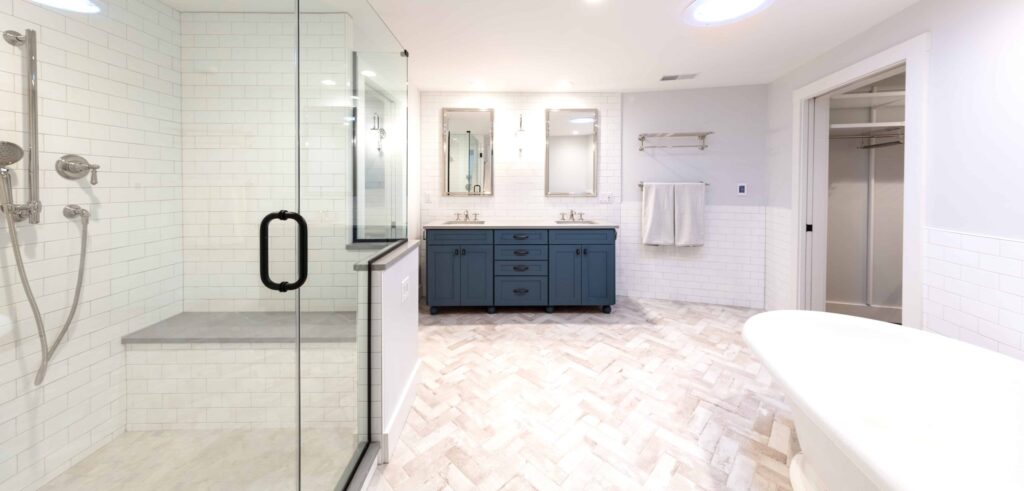When it comes to home improvement projects, bathroom remodeling is often at the top of the list for many homeowners. Whether you’re looking to increase the value of your home, improve functionality, or simply give your bathroom a more modern look, understanding the associated costs is crucial. This comprehensive guide will explore all aspects of bathroom remodeling costs, helping you make informed decisions as you plan your project.
Bathroom Remodeling Costs
Why Remodel Your Bathroom?
Bathroom remodels can significantly boost the value of your home. An updated bathroom can not only make your space more enjoyable but also attract potential buyers should you decide to sell. Additionally, remodeling can enhance the functionality of your bathroom, allowing you to incorporate modern features and energy-efficient fixtures that reduce overall utility costs.
Factors Influencing Bathroom Remodeling Costs
Several factors will determine your total remodeling costs. The size of your bathroom directly impacts the amount of materials and labor needed, while the quality of materials can affect both cost and longevity. Moreover, labor costs can vary significantly based on your location and the complexity of your project.
Average Costs of Bathroom Remodeling
The national average for a bathroom remodel can range significantly depending on the extent of changes and upgrades you intend to make. It’s important to get a clear understanding of costs as you plan your budget.
Average Costs of Bathroom Remodeling
Breakdown of Average Costs
Understanding bathroom remodeling costs involves looking at the average expenses homeowners incur. Small updates might cost a few thousand dollars, while major overhauls can climb into the tens of thousands.
Cost Comparison by Region
Bathroom remodeling costs can vary widely depending on where you live. Urban areas tend to have higher labor and material costs compared to rural settings.
Understanding Quotes and Estimates
It’s essential to know how contractors prepare their estimates. Quotes should include a detailed breakdown of materials, labor, and any additional costs such as permits or specialty equipment.
Planning Your Budget
Setting a Realistic Budget
Your budget should reflect both your financial limits and the goals for your remodel. Include a cushion for unexpected costs to avoid financial strain.
Unexpected Costs to Consider
Always anticipate potential surprises such as structural repairs or outdated electrical systems that need upgrading. These can significantly impact your overall bathroom remodeling costs.
Ways to Save Money
Consider which aspects of the remodel you might be able to DIY to cut down on expenses. Also, prioritize your spending on features that will provide the most significant return on investment.
Design Choices That Impact Cost
Choosing Materials
The materials you select can dramatically affect both the look and the cost of your bathroom remodel. Luxury tiles and high-end fixtures will drive up costs, whereas more standard materials can help you stay within budget.
Fixtures and Features
Choosing the right fixtures—like sinks, toilets, and showers—can significantly impact your bathroom remodeling costs. Opt for energy-efficient fixtures to save money in the long run.
Aesthetic Considerations
The overall design should balance aesthetic appeal with functionality. Current trends may be tempting, but consider timeless designs that won’t look dated as fashion changes.
Labor Costs Explained
Hiring Professionals
While DIY can save money, certain tasks should be left to professionals, such as plumbing and electrical work. Hiring skilled contractors ensures quality work that adheres to local building codes.
DIY Possibilities
Simple tasks like painting or installing minor fixtures can be done without professional help, reducing your overall bathroom remodeling costs.
Timeline and Its Impact on Costs
The length of the project can also impact costs. Faster completion times might require more workers or longer hours, which can increase labor costs.
Essential Steps in Bathroom Remodeling
Demolition and Preparation
Understand the scope of demolition required and prepare for the mess and disruption it will cause. Proper preparation can help minimize stress and disruptions.
Installation and Construction
Detailed planning during the installation phase can prevent costly mistakes and delays. Ensure that you or your contractor schedules tasks efficiently.
Finishing Touches
The final touches, including the choice of paint, fixtures, and accessories, can transform the space. These details, while seemingly small, can add significant costs but also greatly enhance the final product.
Materials Cost Breakdown
Tile and Flooring
Flooring choices will significantly impact both the aesthetics and the bathroom remodeling costs. Tiles range from inexpensive ceramics to high-end marble.
Countertops and Cabinets
Materials for countertops and cabinets can vary widely in price. Laminate counters are budget-friendly, while quartz or granite can be quite pricey.
Plumbing and Electrical
Upgrading plumbing and electrical systems can be one of the most costly parts of a bathroom remodel, especially in older homes. Ensure these systems meet current standards.
Dealing with Contractors
Choosing the Right Contractor
Select a contractor who has excellent reviews and transparent pricing. A reliable contractor can make all the difference in managing your bathroom remodeling costs effectively.
Negotiating Costs
Don’t be afraid to negotiate the price of your remodel. Some contractors have wiggle room in their quotes, especially if you’re flexible with materials or timelines.
Managing the Project
Stay actively involved in the management of your remodeling project. Regular check-ins can help keep the project on track and within budget.
Permits and Legal Considerations
Understanding Local Regulations
Before beginning your remodel, understand the local building codes and permit requirements. This can prevent costly fines and project delays.
Insurance and Liability
Ensure your contractor has the right insurance and bonds. This protects you in case of accidents or damage to your property during the remodel.
Final Inspections and Certifications
Final inspections are crucial to ensure that everything has been done correctly. This is also essential for ensuring the work complies with local building codes.
Technology and Innovations in Bathroom Remodeling
Smart Bathroom Technologies
Incorporating technology such as smart showers, faucets, and lighting can increase costs but offer enhanced comfort and efficiency.
Eco-Friendly Options
Eco-friendly designs can reduce water and energy use, saving money long-term. Consider fixtures that carry the WaterSense label for water efficiency.
Future Trends in Bathroom Design
Staying informed about the latest trends can help you make choices that will not only look great today but will remain appealing in the future.
Case Studies and Examples
Real-Life Budget Scenarios
Examining real-life examples of bathroom remodels can provide insight into how various budgets are utilized and what you can expect for your money.
Before and After Transformations
Visual transformations can offer inspiration and confidence. These examples show the potential impact of different bathroom remodeling costs.
Expert Advice and Tips
Advice from industry professionals can help you navigate the complexities of remodeling, ensuring you make informed decisions that align with your vision and budget.
Frequently Asked Questions (FAQs)
1. How much does a typical bathroom remodel cost?
Answer: The cost of a bathroom remodel can vary widely based on factors such as the size of your bathroom, the quality of materials used, and your geographic location. On average, homeowners can spend anywhere from $6,000 to $15,000 for a mid-range bathroom remodel. High-end remodels can exceed $25,000.
2. What are the biggest factors that affect the cost of a bathroom remodel?
Answer: The three primary factors are the size of the bathroom, the cost of materials, and the labor involved. Additional elements like the complexity of the project, any structural changes, and the quality of fixtures also play significant roles.
3. Can I remodel my bathroom myself to save money?
Answer: Yes, DIY projects can save money, particularly if you have the necessary skills. Simple tasks like painting, installing minor fixtures, or upgrading hardware can be done without professional help. However, tasks involving plumbing, electricity, or structural changes should typically be handled by licensed professionals to ensure safety and compliance with building codes.
4. How long does a bathroom remodel typically take?
Answer: The duration of a bathroom remodel can vary greatly depending on the extent of the work. A simple remodel, such as replacing fixtures and repainting, might take a few days to a week. More extensive renovations, which might include retiling, plumbing changes, and structural alterations, can take several weeks to a few months.
5. Do I need permits for bathroom remodeling?
Answer: Yes, in most cases, especially if your remodel involves electrical, plumbing, or structural changes. It’s essential to check with your local building department to understand the specific permit requirements for your area.
6. What should I prioritize if I have a limited budget for a bathroom remodel?
Answer: Focus on changes that will maximize impact and efficiency. Updating fixtures to more energy-efficient models, repainting, and replacing outdated hardware can refresh the space without a large investment. Prioritize functional improvements over purely aesthetic upgrades.
7. How can I ensure the costs don’t spiral out of control?
Answer: Start with a clear and detailed plan, including a budget that accounts for unforeseen expenses. Get multiple quotes from contractors, and ensure everything is clearly outlined in the contract before work begins. Regularly communicate with your contractor to stay on top of spending.
8. What are the best ways to add value to my home through a bathroom remodel?
Answer: Focus on modern, timeless designs that appeal to a broad audience. Updating major fixtures, improving lighting, and ensuring the space is functional and stylish can significantly increase home value. Consider adding dual sinks, upgrading to a walk-in shower, or incorporating ample storage to appeal to potential buyers.
9. Are there any specific trends in bathroom design I should consider?
Answer: Popular trends include large walk-in showers, freestanding bathtubs, smart technology integration (such as smart toilets and touchless faucets), and the use of natural materials like stone and wood. However, while trends can guide your choices, it’s essential to consider what fits your personal taste and the overall style of your home.
10. How do I choose the right contractor for my bathroom remodel?
Answer: Look for contractors with good reputations, ideally through recommendations from friends or family. Check their credentials and past work, read reviews, and conduct interviews. Make sure they are licensed, insured, and willing to provide a detailed contract and guarantee for their work.
Conclusion
To conclude, understanding and managing your bathroom remodeling costs effectively ensures that your renovation improves both the value and enjoyment of your home.
Plan carefully, choose the right professionals, and stay engaged throughout the process to ensure your bathroom remodel meets your expectations and stays within budget.
If you have any questions or would like to share your own experiences with bathroom remodeling, feel free to comment below. Your insights could help others embarking on similar projects.

